Drone and satellite imagery show the vast scale of destruction across Gaza, with entire neighborhoods reduced to rubble.
Others are reading now
Tens of thousands of Palestinians have started returning to Gaza City and northern areas of the Strip, following Friday’s ceasefire between Israel and Hamas.
The fragile agreement is fueling hope that a devastating two-year war may finally be coming to an end. The truce has also paved the way for much-needed humanitarian relief to begin flowing into the besieged territory.
Aid convoys begin rolling through Rafah
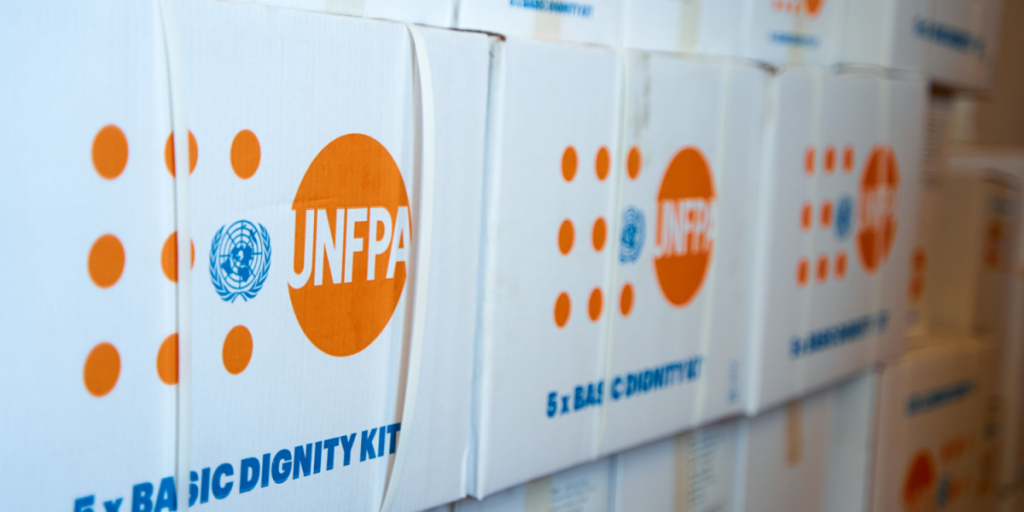
Dozens of trucks carrying vital humanitarian aid crossed into Gaza via Egypt’s Rafah crossing on Sunday. The Egyptian Red Crescent confirmed that supplies include medical kits, fuel, food, blankets and tents.
Egypt announced plans to send 400 aid trucks, while Israel’s COGAT said daily totals could reach 600 under the new agreement.
Gaza’s ruins seen from above
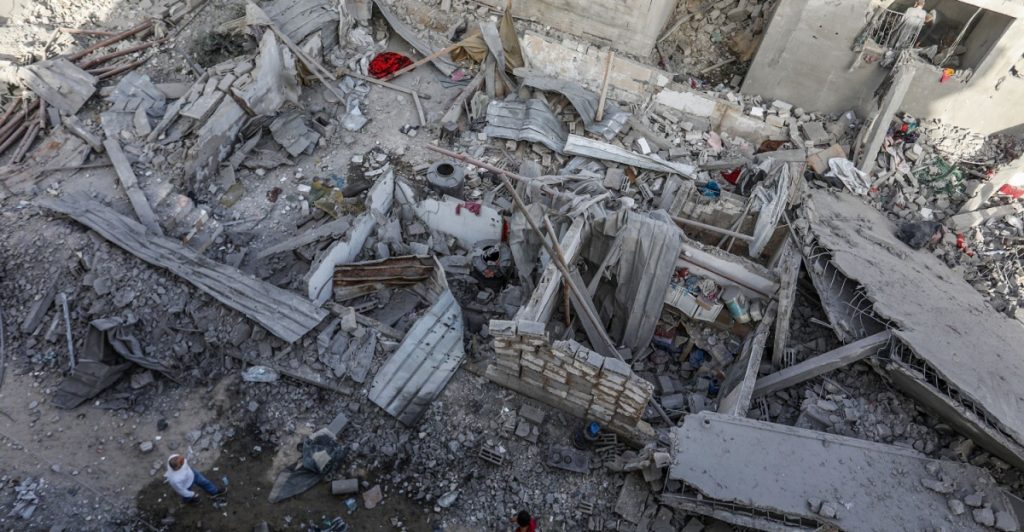
Drone and satellite imagery show the vast scale of destruction across Gaza, with entire neighborhoods reduced to rubble.
Also read
In Gaza City’s Sheikh Radwan district, displaced residents are seen navigating shattered streets and collapsed buildings, stark reminders of the toll taken by months of bombardment.
The hunger crisis deepens
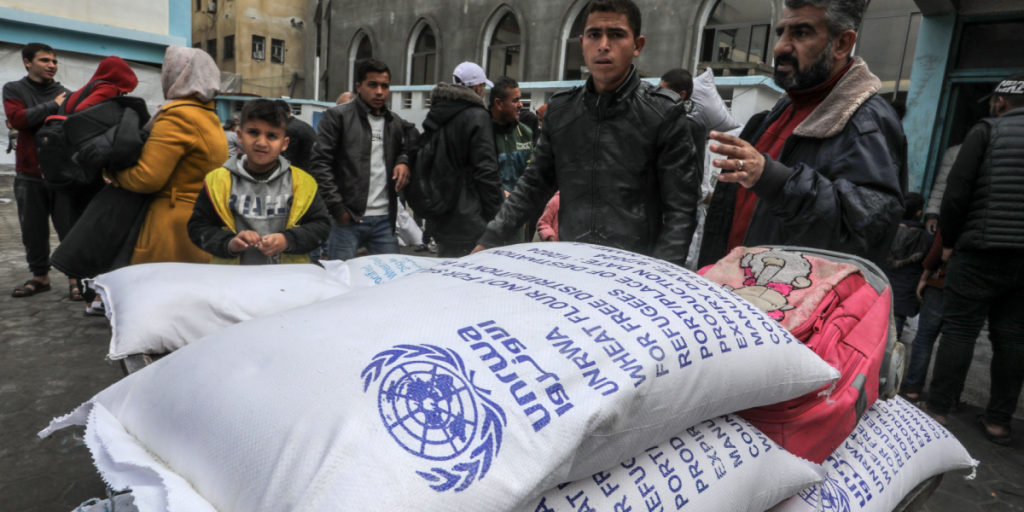
The war and ongoing Israeli restrictions have led to a severe humanitarian emergency, with the U.N. warning of famine in parts of Gaza.
Before the ceasefire, aid deliveries met just 20% of needs. Now, over 170,000 metric tons of food, medicine, and supplies are on standby, awaiting Israel’s approval for entry.
Gaza Humanitarian Foundation unravels
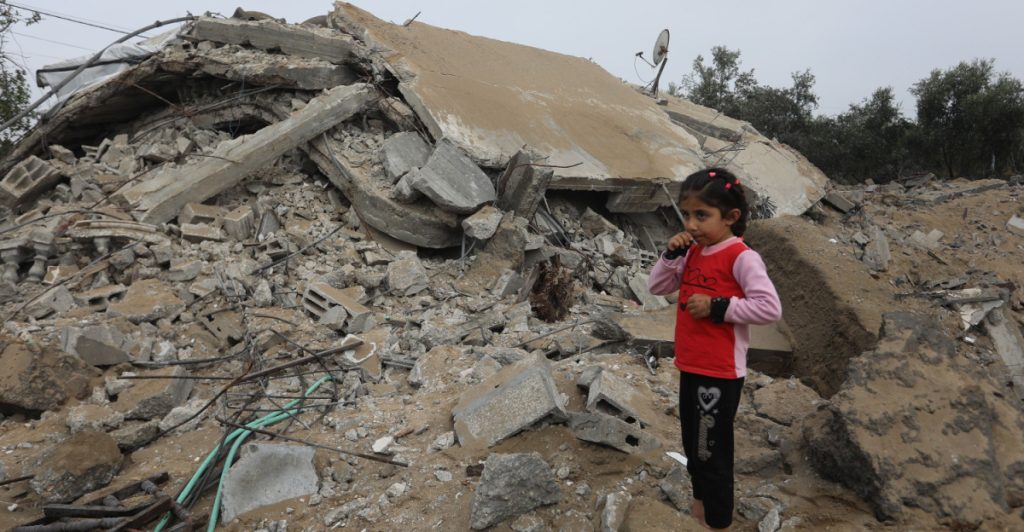
The future of the Gaza Humanitarian Foundation (GHF), an Israeli- and U.S.-backed body that took over food aid distribution in May, remains uncertain.
Palestinians say multiple GHF distribution sites have been dismantled in Rafah, Khan Younis and the Netzarim corridor. Operations had been chaotic and deadly, with hundreds killed by Israeli fire near aid points.
Also read
Confusion as GHF sites are taken apart
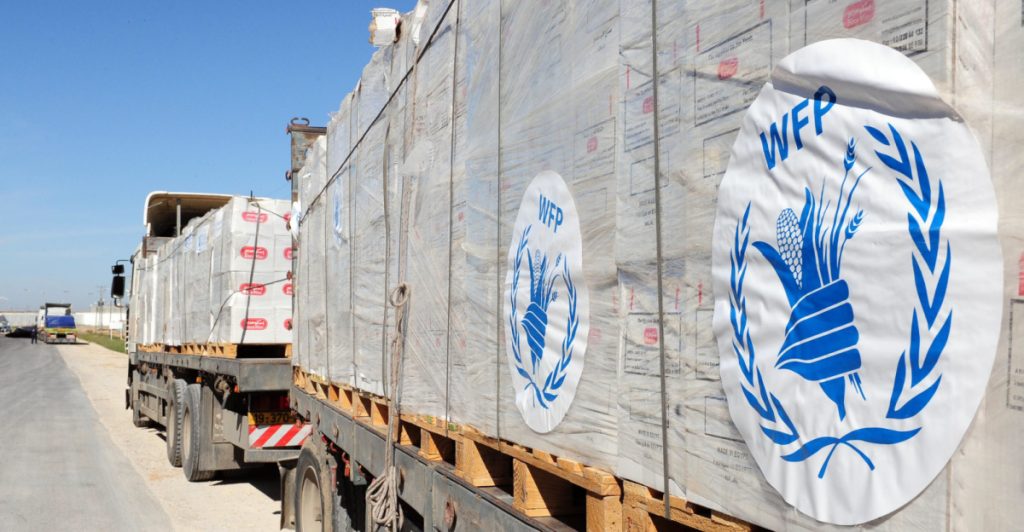
Locals report scavenging wood and fencing from dismantled GHF aid sites after the ceasefire. “There’s been no food for days,” said one man in Khan Younis.
The GHF had aimed to prevent Hamas from controlling aid distribution but faced major criticism for mismanagement and danger to civilians. GHF declined to comment on the situation.
Hostage and prisoner exchanges in motion
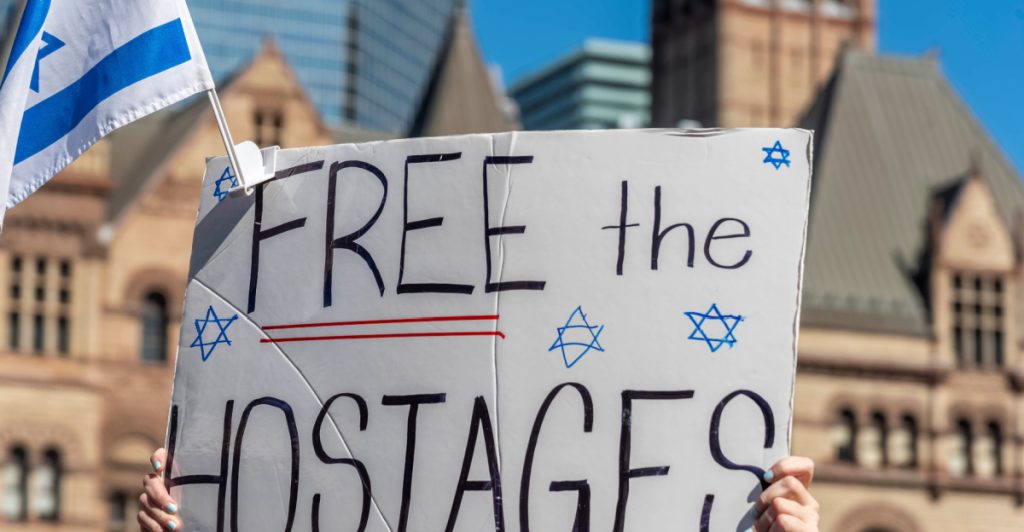
Israel is preparing for the release of hostages held in Gaza, while thousands of Palestinian prisoners are also expected to be freed. An internal Israeli message confirmed that hostages would begin returning Monday.
Officials estimate around 20 of the 48 captives are still alive. Those returning will be taken to hospitals or forensic facilities, depending on their condition.
Trump to visit Israel and co-chair peace summit

U.S. President Donald Trump, who played a key role in brokering the ceasefire, is scheduled to land in Israel Monday.
Also read
He’ll meet families of hostages and speak at the Knesset before traveling to Egypt. There, he’ll co-chair a “peace summit” alongside Egyptian President Abdel-Fattah el-Sissi, with global and regional leaders expected to attend.
Palestinians return to homes, many in ruins
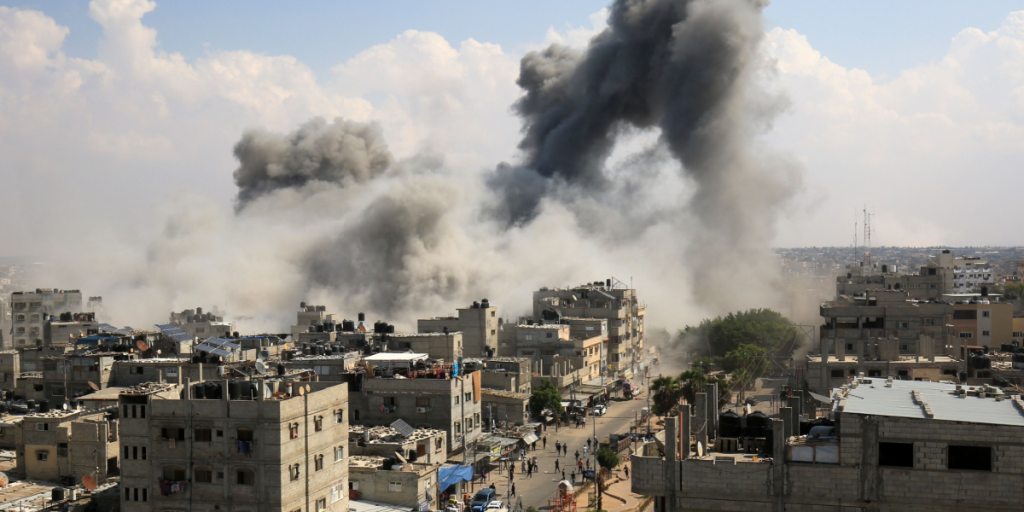
With Israeli forces withdrawing from some areas, displaced families have begun returning. Satellite photos show lines of vehicles heading north along Gaza’s coastal highway, Al Rashid Street.
Many are returning to homes that no longer exist. Tents have sprung up near Gaza’s marina, offering temporary shelter to those unwilling to return deeper into the city.
Security forces reappear in Gaza
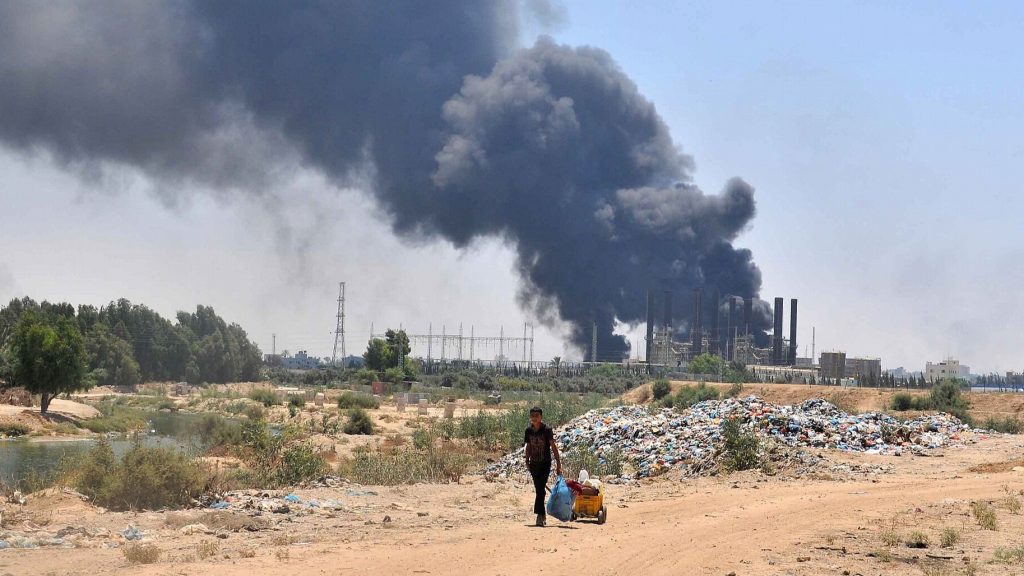
Armed police affiliated with the Hamas-run Interior Ministry have resumed patrolling in parts of Gaza City and southern areas.
They are reportedly providing protection for aid convoys traveling through the war-ravaged Strip. Their presence underscores ongoing uncertainties around governance and security under the ceasefire.
Also read
War’s staggering toll on Gaza
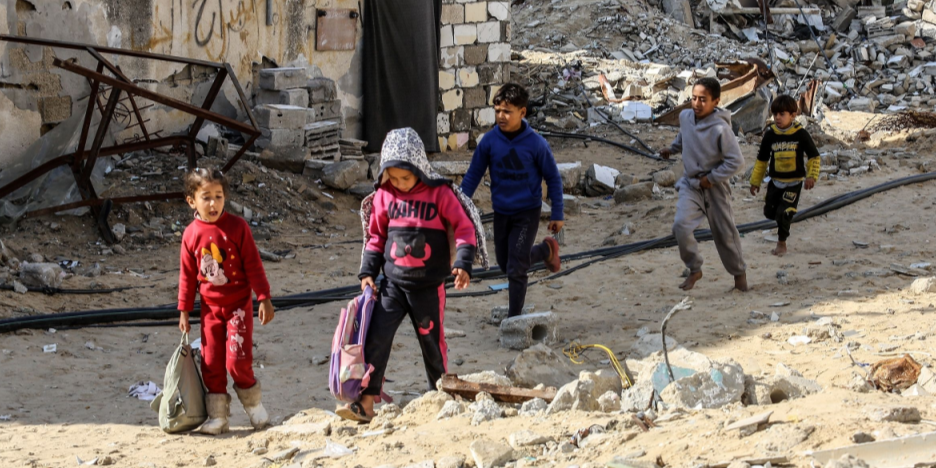
The conflict began on October 7, 2023, when Hamas launched a deadly cross-border assault into southern Israel, killing 1,200 and taking 250 hostages. In response, Israel’s military campaign has killed over 67,000 Palestinians, according to Gaza’s Health Ministry.
Around half the victims were women and children, and nearly 90% of the population has been displaced.
International pressure mounts
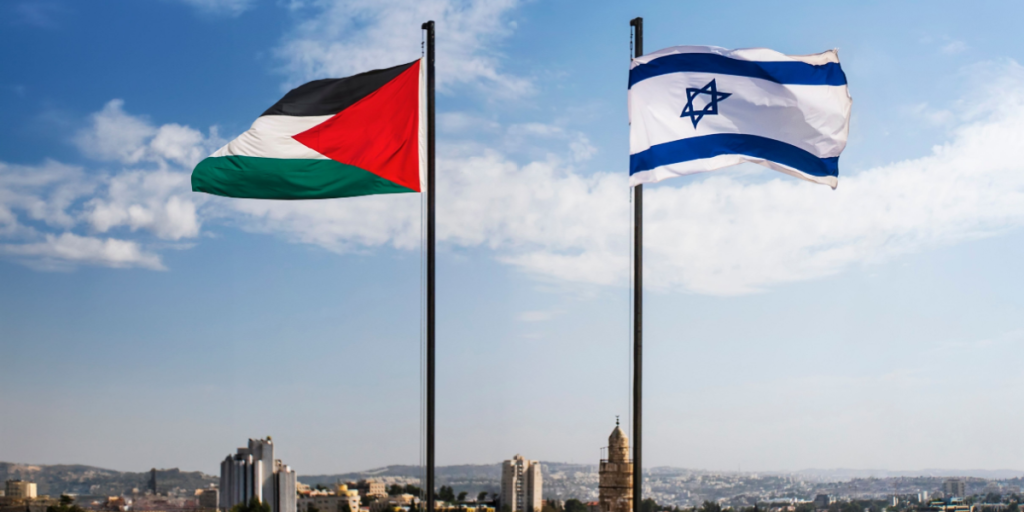
The war has drawn widespread condemnation, sparked global protests, and led to international legal challenges, including genocide allegations against Israel—allegations it denies.
As aid begins to flow and hostages are freed, attention is turning to what comes next: reconstruction, governance, and peace.
Post-war questions remain unresolved
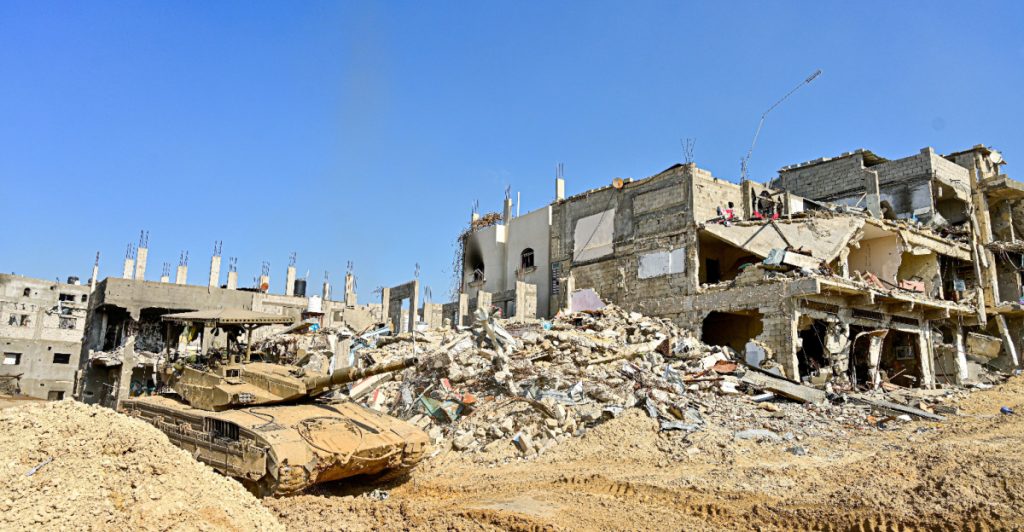
Despite the ceasefire, key issues remain in limbo. Who will govern Gaza? What will happen to Hamas?
Also read
Israeli Defense Minister Yoav Gallant has ordered preparations to dismantle Hamas’ vast tunnel network “under an international mechanism led by the U.S.” For now, the ceasefire holds, but lasting peace is far from guaranteed.

